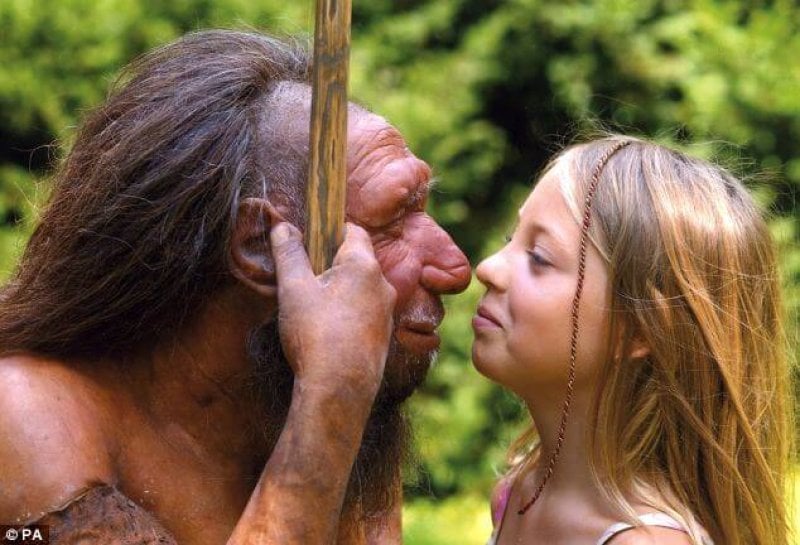In 2010, scientists made a startling discovery about our past: About 50,000 years ago, Neanderthals interbred with the ancestors of living Europeans and Asians. Researchers also have found a peculiar pattern in non-Africans: People in China, Japan and other East Asian countries have about 20 percent more Neanderthal DNA than do Europeans.
Joshua M. Akey, a geneticist at the University of Washington, and the graduate student Benjamin Vernot recently set out to test possible explanations for the comparative abundance of Neanderthal DNA in Asians. The theory that made the most sense was that Asians inherited additional Neanderthal DNA at a later time. In this scenario, the ancestors of Asians and Europeans split, the early Asians migrated east, and there they had a second encounter with Neanderthals.
UCLA geneticist Dr Kirk E. Lohmueller and graduate student Bernard Y. Kim approached the same genetic question, but from a different direction. They constructed a computer model of Europeans and Asians, simulating their reproduction and evolution over time. After many trials, they found that a model that included a second interbreeding, another “pulse” of Neanderthal genes into the Asian population, fit the existing data the best.
But the two-pulse hypothesis also poses a puzzle of its own. If Neanderthals became extinct 40,000 years ago, they may have disappeared before Europeans and Asian populations genetically diverged. How could there have been Neanderthals left to interbreed with Asians a second time?
Read full, original article: A New Theory on How Neanderthal DNA Spread in Asia































